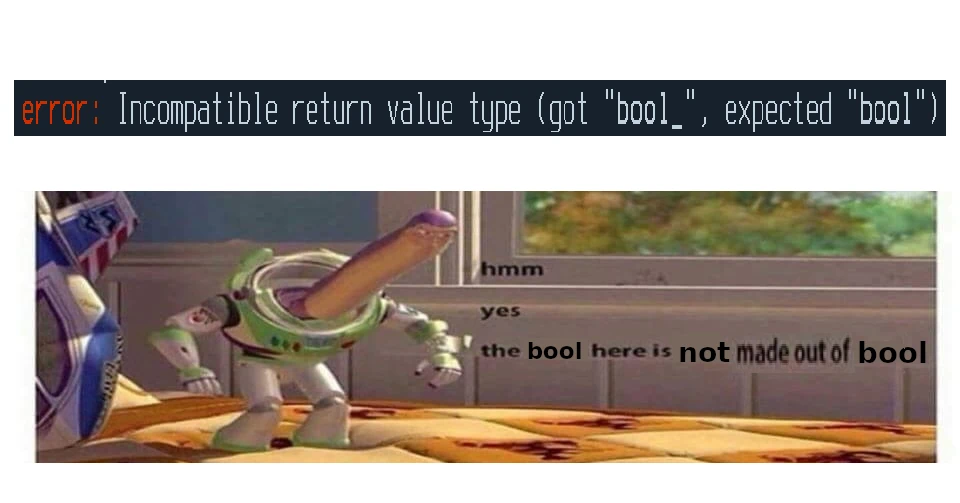Explanation: Python is a programming language. Numpy is a library for python that makes it possible to run large computations much faster than in native python. In order to make that possible, it needs to keep its own set of data types that are different from python's native datatypes, which means you now have two different bool types and two different sets of True and False. Lovely.
Mypy is a type checker for python (python supports static typing, but doesn't actually enforce it). Mypy treats numpy's bool_ and python's native bool as incompatible types, leading to the asinine error message above. Mypy is "technically" correct, since they are two completely different classes. But in practice, there is little functional difference between bool and bool_. So you have to do dumb workarounds like declaring every bool values as bool | np.bool_ or casting bool_ down to bool. Ugh. Both numpy and mypy declared this issue a WONTFIX. Lovely.

